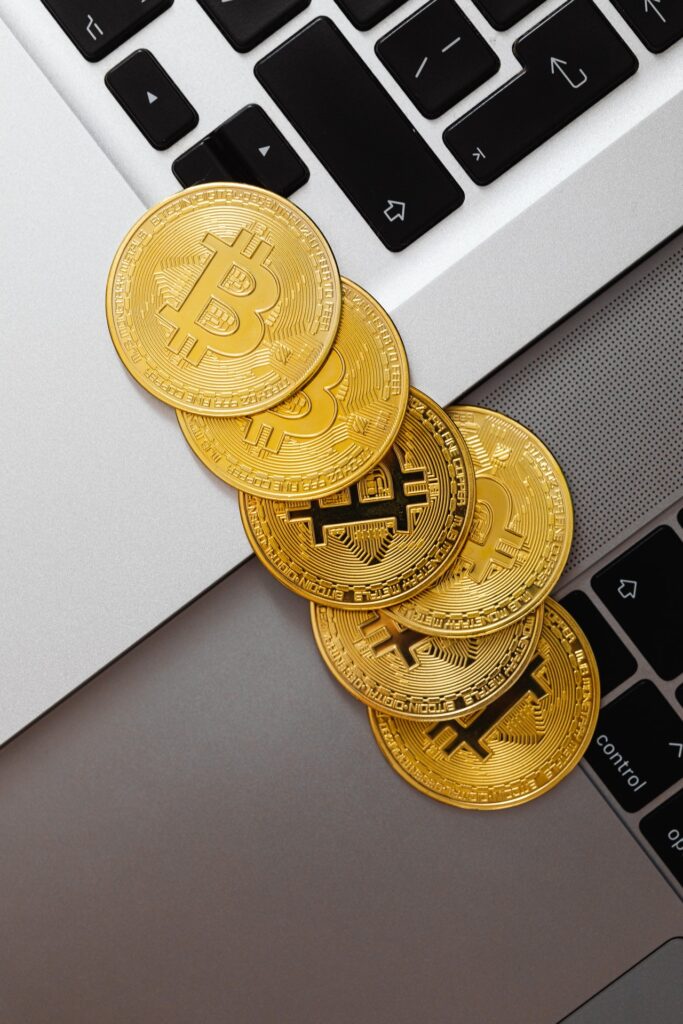 In December 2021, Earnity raised more than $20 million, with $15 million from the stock offerings it closed with Bitcoin mining firm BitNile. The company’s goal is to develop and launch an online platform that will enable users to learn about crypto while earning and collecting tokens. Under the leadership of executives Dan Schatt and Domenic Carosa, Earnity looks to solve the hindrances holding back mass crypto adoption rates. One way to promote cryptocurrency, especially to new users, is through seamless user experience (UX).
In December 2021, Earnity raised more than $20 million, with $15 million from the stock offerings it closed with Bitcoin mining firm BitNile. The company’s goal is to develop and launch an online platform that will enable users to learn about crypto while earning and collecting tokens. Under the leadership of executives Dan Schatt and Domenic Carosa, Earnity looks to solve the hindrances holding back mass crypto adoption rates. One way to promote cryptocurrency, especially to new users, is through seamless user experience (UX).
There was a time when crypto was only for the most tech-savvy internet users. However, as the digital currency’s popularity booms, so does its target market. In fact, in late 2021, it was reported that more than 100 million people worldwide had already bought in some form of cryptocurrency. So, the days that blockchain trading services were focused on backend engineering and cryptography are gone. Instead, developers should give the UX part more attention and effort.
Because not all crypto traders and buyers have enough experience with the financial system, some, if not most, of them hope to be guided and helped when completing crypto transactions. Blockchain services providers and crypto-based applications should educate the mass users and deliver a smooth and frictionless experience.
UX can also reduce the learning curve that comes with understanding and using the many decentralized finances (DeFi) and crypto protocols and products. Concepts like crypto accounts, private and public keys, block height, and others can be challenging to comprehend, especially for new users. More users will likely get on board the crypto train by designing the platform to be customer-centric, easily navigable, and intuitive.
Earnity looks to help demystify users’ crypto journey. Dan Schatt and Domenic Carosa understand that users, especially newcomers, have to bear the heavy load of understanding all of the value propositions and reasons behind the existence of different kinds of crypto. The Earnity team intends to address the massive crypto access bottleneck by creating an easy-to-use, highly secure, social-first, and user-driven platform.


 As a company led by fintech veterans
As a company led by fintech veterans 


